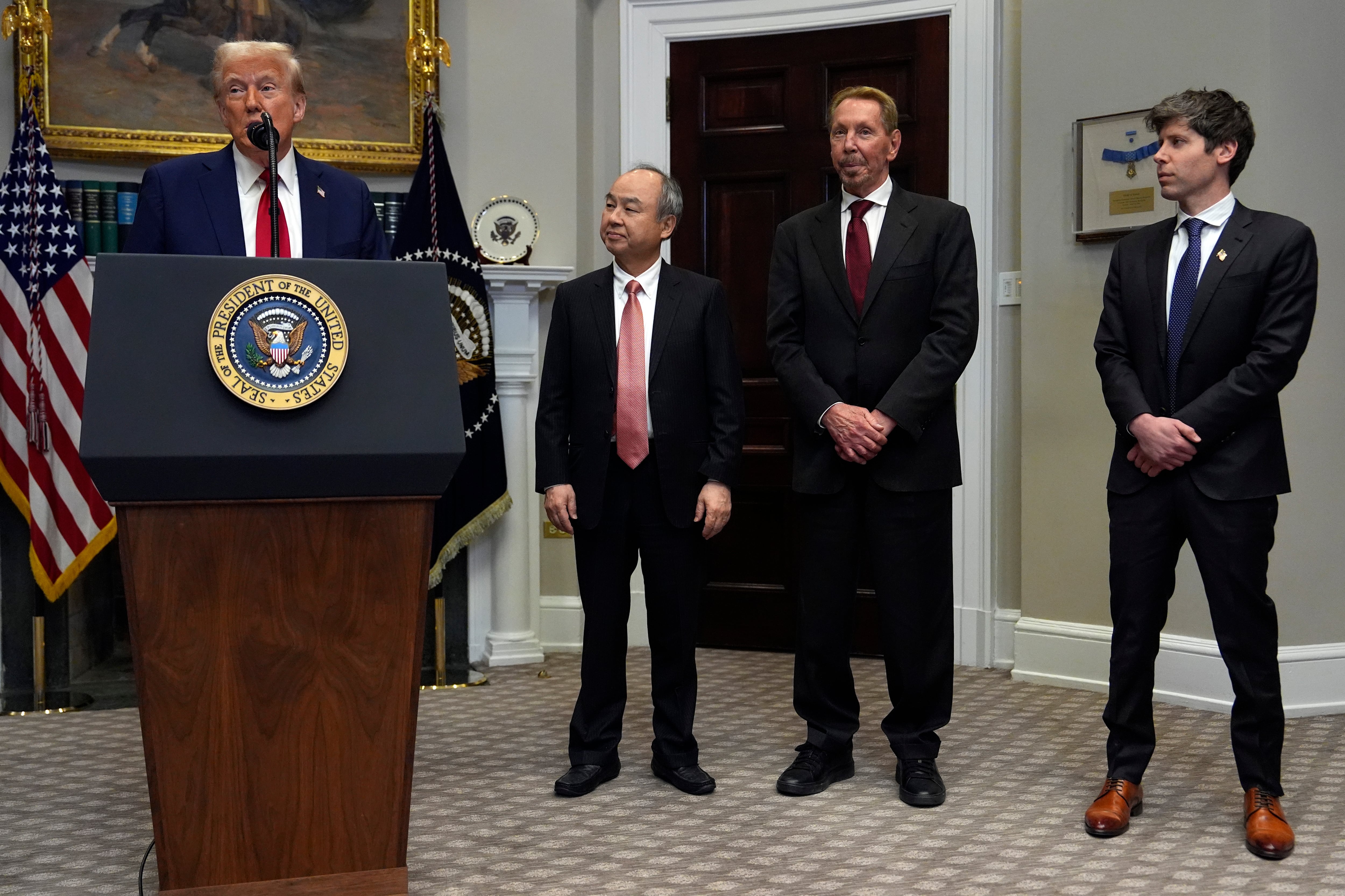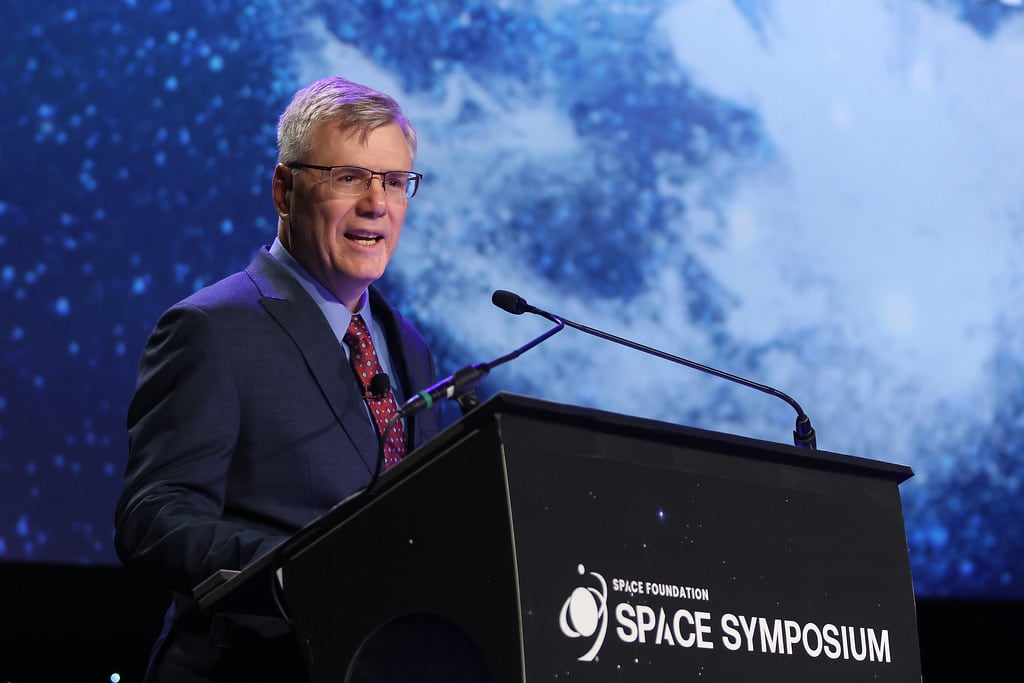If there was an emerging theme across the many remarks, interviews and panels at GEOINT 2017, held June 4-7 in San Antonio, Texas, it was a familiar but precarious ideal: partnership across the intelligence community and beyond.
Whether for the purposes of collecting and sorting through volumes of data, providing better on-the-ground mapping intelligence, or to boost national security altogether, working across departments, agencies and industries clearly will be key to geospatial intelligence going forward. It's particularly critical as the National Geospatial-Intelligence Agency pursues a goal of emerging from the shadows of the intelligence community, opening (some) data to the public and launching programs to improve GEOINT.
"We know we cannot deal with the wave of data on our own. We need partners. I am the director of NGA, and I am also the functional manager of the U.S. GEOINT community," said NGA Director Robert Cardillo. "But our U.S. community also partners with the Allied System for GEOINT — as well as with other international partners — with academia and, of course, with industry. All of these partnerships truly go the distance — many of them literally circumnavigate the globe. And each one of them matters. Because together, we can build a far more effective, unified, professional and interoperable GEOINT enterprise."
The partnerships also include elements of the U.S. military, such as U.S. Southern Command, whose commander also spoke at the symposium. Adm. Kurt Tidd emphasized partnership in U.S. Special Operations Command missions, highlighting Latin America, where "there’s emerging security challenges impacting U.S. national interests," including elusive trafficking networks, he said at the GEOINT Symposium on June 7.
"At SOUTHCOM, we’re embracing operational innovation in several different ways. … We’re working with NGA to combine geo-enabled, open-source analysis for intelligence on illicit traffickers," Tidd said. "This new application of existing technology … makes us more agile and more responsive. It’s affordable and accessible," in addition to producing unclassified data that can be shared among allies and partners like non-government organizations.
As prime examples of this, Cardillo pointed to partnerships with Oak Ridge National Laboratory and the Gates Foundation, through which the organizations created a map of Nigeria based on satellite imagery and more than 2,000 on-the-ground neighborhood surveys.
"Through this partnership, they identified settlements that didn’t exist just a few years ago. So, when Nigeria distributes the measles vaccine next year, they’ll save a billion dollars and countless lives because they won’t use flawed, 10-year-old census data," Cardillo said. "And it’s all thanks to the unique combination of imagery, automation, human geography and mapping technologies — and most importantly, strong partnerships."








